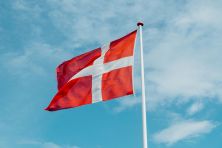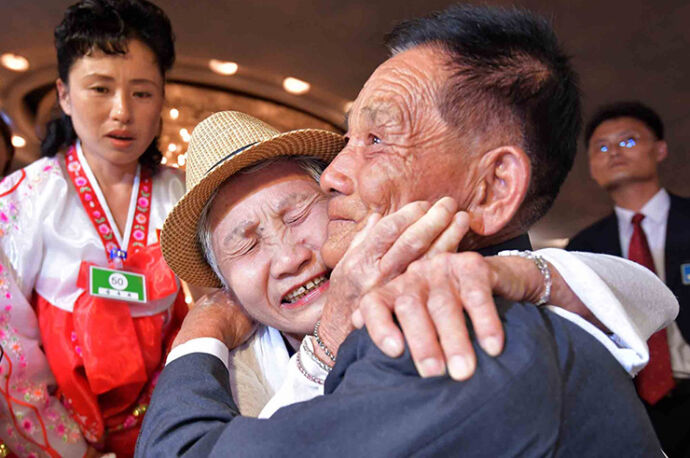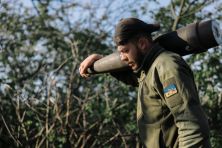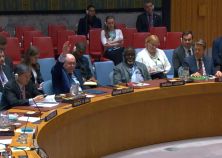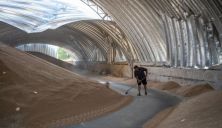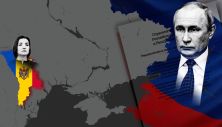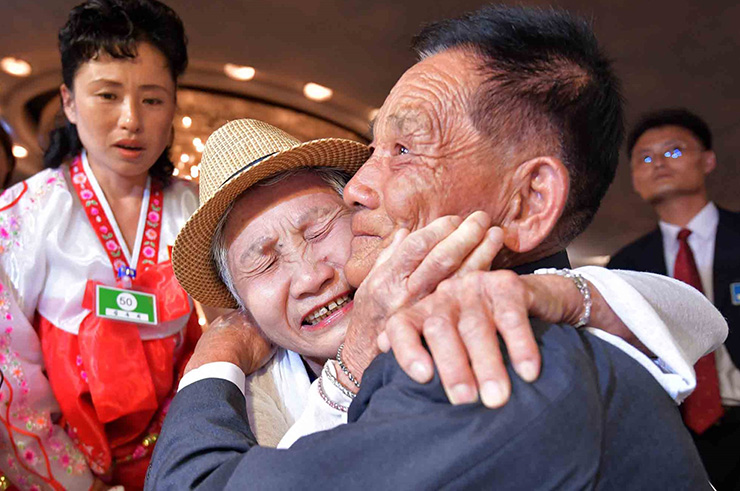
Photo from the Korea Times
About 90 families from North and South Korea wept and embraced today, Auig. 20, as the neighbors held their first reunion in three years for relatives torn apart by the Korean War for more than six decades, Reuters reports.
The reunions are being held at a mountain resort, Mount Kumgang, in North Korea. The reunions are for a total of just 11 hours over the next three days.
North Korean leader Kim Jong Un and South Korean President Moon Jae-in agreed to the reunion events at a summit in April.
Participating from the South were 89 people who registered with the Korean Red Cross to find their relatives in the North. They were accompanied by family members. In total, there were around 330 South Koreans, many in wheelchairs. They embraced 185 separated relatives from the North. Some struggled to recognize their family members.
Kim Choon-sik, 80, embraced his two sisters as they wept in his arms.
Kim fled his hometown of Ongjin County in South Hwanghae Province, and came to the South with his parents and his younger brother during the war, thinking the evacuation would be temporary. His younger sisters stayed with his grandparents in the North, thinking their family would return but they never did.
“For the rest of their lives my parents never mentioned my sisters or their hometown after they came to the South. It was probably because it was too painful for them,” his younger brother Kim Choon-young, told the press earlier.
The separated families are victims of a decades-long political gridlock since the 1950-53 war ended in a truce rather than a peace treaty, with ties increasingly strained as Pyongyang rapidly stepped up its weapons programs.
For years, Seoul has called for regular meetings between separated families, including the use of video conferences.
More than 57 thousand South Koreans have registered for the family reunions so far.
The last reunions were held in October 2015, and resuming them has been an urgent issue as most of the survivors are elderly. According to government data, 85 percent are in their 70s or older.
